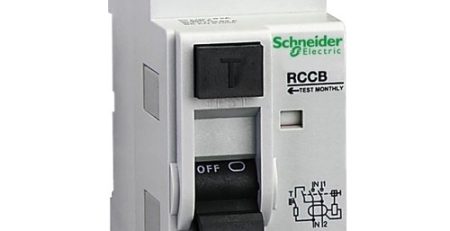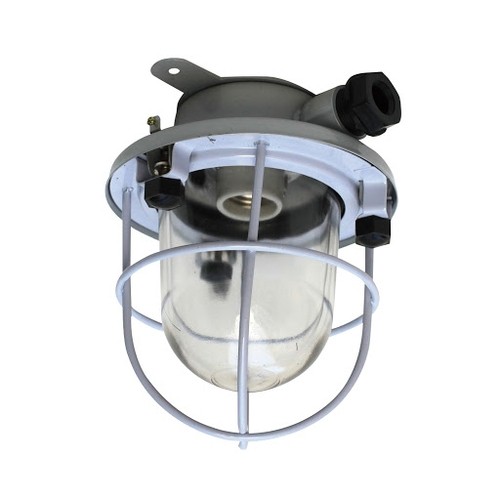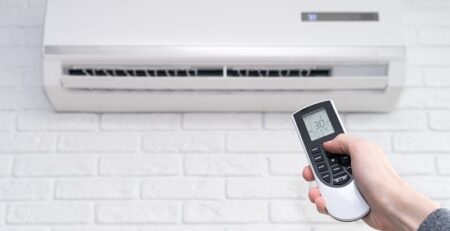Electrical loads for household appliances
Electrical loads for household appliances

The home appliance revolution has become advanced thanks to developments in the field of electricity and electronics. These modern masterpieces make our daily lives easier by saving time and energy. Whether it’s preparing meals, cleaning the house, or storing our food. In fact, the electrical loads of home appliances are the primary element that powers them, giving them the power needed to perform their tasks efficiently.

Contents
The purpose of this article is to explain the world of electrical loads and illustrate their crucial role in the operation of household appliances. We will explore the nature of electrical load, the laws that govern it, and its impact on the performance and durability of home appliances. Additionally, we will cover practices for managing and preventing unwanted electrical loads to increase the efficiency and lifespan of your appliances. Which contributes to increased energy consumption and better responsible management of electricity. Join us in this fascinating exploration into understanding between electrical loads and home appliances.
The importance of electrical loads for home appliances
The importance of electrical loads in the operation of household appliances is crucial, because they are the basis for the operation of these electrical appliances. Electricity loads play an essential role in converting electrical energy ( thermal or kinetic ) into specific procedures that allow our home appliances to perform their various functions. These loads also indicate the amount of electricity that each home appliance consumes when it is in operation. Here are some key points that highlight its role and importance:
- The electrical load of each home appliance directly affects your electricity bill. Appliances with higher loads consume more electricity and can lead to increased expenses.
- Knowing the electrical loads of household appliances is essential to prevent electrical overloads. Overload circuits may overheat and cause electrical fires or damage to equipment. Understanding loads helps you distribute usage across different circuits and avoid overloading them.
- In the event of a power outage or if you use alternative power sources such as generators, knowing the electrical loads of your essential appliances helps you prioritize which appliances to power during an emergency.
- With the advent of smart homes and home automation, understanding electrical loads has become crucial to optimizing energy use. Smart appliances can be programmed to operate during off-peak hours or when power rates are lower, helping you save money and reduce stress on the electrical grid.
Note:
When purchasing new appliances, being aware of their electrical loads allows you to make informed choices. Energy-efficient appliances with low loads can significantly reduce your energy consumption and operating costs over time.
Types of household electrical loads
– Home appliance loads are classified into different categories, including:
- Interior and exterior lighting loads.
- Low-load loads such as TV, computer or laptop.
- Kitchen loads: refrigerators, dishwashers and electric ovens.

- Heating loads: water heater.
- Carry air conditioners.
It is important to consider these different electrical loads during electrical design to determine the appropriate branch circuit breaker capacities for each individual electrical load. For example, 2,500-watt electric heaters require a separate circuit breaker, while lighting fixtures can be bundled with a common branch circuit breaker.
Electrical loads for household appliances
Home electrical appliances vary in type and size, which affects their energy consumption. For example, buildings of different sizes and occupied by different numbers of residents require appropriate loads for each house. For example, a 3- room apartment occupied by two people is different from a 6- room apartment occupied by a large family.
Focusing on a specific example, consider the case of a refrigerator . In the first case, a 16- square-foot refrigerator might suffice , while in the second case, a large family would need a 21- square-foot refrigerator, resulting in a difference in the energy consumption of the two appliances. As a result, when planning home connections and wiring, it is necessary to take into account the average consumption of commonly used devices. This helps determine the appropriate size of electrical conductors, select appropriate protective devices, and distribute circuits and loads evenly.
| Device type | Power B(W) |
| Electric lighting | 10W |
| Refrigerator 16 – 20 feet | 540W – 300W |
| Geyser | 2500W |
| Dishwasher – clothes | 1500W – 1000W |
| PC | 100W |
| laptop | 70W |
| a fan | 60 W |
| air conditioner | 2450W – 3150W |
| LED TV | 80 W |
| Electric mixer | 300W |
Various efforts of household appliances
Home appliances are designed to operate at a certain voltage, which varies depending on the voltage system used in each country. For example, in Saudi Arabia, the three-phase system voltage is 380 V for industrial applications and 220 V for domestic installations, resulting in a voltage of 127 V between phase and neutral at a frequency of 60 Hz .
 It is necessary to check the voltage of each device and make sure it is compatible with the home’s wiring system. Likewise, it is important that the home’s mains frequency matches the frequency of the appliance, as the performance of electronic devices with capacitors and coils can be affected due to their frequency dependence.
It is necessary to check the voltage of each device and make sure it is compatible with the home’s wiring system. Likewise, it is important that the home’s mains frequency matches the frequency of the appliance, as the performance of electronic devices with capacitors and coils can be affected due to their frequency dependence.
Electrical sockets in modern homes are usually designed for 220V and 127V , allowing the connection of low-load appliances such as computers, televisions, vacuum cleaners, etc. However, for high load appliances such as ovens, electric heaters, dryers, etc., they are directly connected to the distribution board according to the required voltage and equipped with their own protection circuit breaker.
Every home appliance comes with a panel installed in a visible place, usually made of metal, which displays important information such as voltage, capacity consumption, load current and frequency. These indicators allow the user to select the correct electrical connections and to ensure correct operation of the device according to the appropriate electrical standards.

Reducing loads for electrical appliances
We present to you 8 tips and practices to reduce and reduce the impact of loads on small and large household electrical appliances:
- Unplug devices when not in use.
- Choose appliances that are energy efficient and have good efficiency labels.

- Regularly clean the filters and capacitors in appliances to maintain their efficiency.
- Use low consumption LEDs for lighting.
- Avoid overloading electrical outlets with too many devices plugged in at the same time.
- Use timers to regulate how long appliances such as air conditioners run.
- Defrost refrigerators and freezers regularly to maintain their efficiency.
- Air dry your clothes whenever possible, rather than using a clothes dryer.
The electrical loads of household appliances interact with the electrical circuits to operate and activate the specific functions of each appliance. For optimal and safe use, it is important to know the power rating of each device and distribute loads fairly to different circuits. By adopting responsible practices, such as using energy-efficient appliances and unplugging appliances when not in use, we can reduce the impact of electrical loads on home appliances while preserving the environment and saving electrical energy.
If you have any inquiry, please contact us freely and we will be happy to serve you.

Jezli website for purchasing electrical appliances
When we say Jeezly website, we are talking about one of the most famous Arab websites that was able, in a very short period of time, to achieve a very large demand for purchases from it by people from various parts and sectors of the Arab world.
On the Jeezly website, you will find a joint look and all the products that you may need in your home, starting with those for kitchens or bathrooms, but even those for gardens, you will find them on this wonderful site.
So, if you were lost before and did not know where to go to buy your products on the Internet, now you have the perfect solution, and all you have to do is go to the Jezli website and start choosing the products you want.
 What are the features of Jeezly ?
What are the features of Jeezly ?
Since we are talking about a site that is preferred by many people around the world, there is no doubt that it is a site full of various features and characteristics. Therefore, we have decided to devote our next paragraph to pointing out the most prominent features of the Jezli site.
One of the most prominent features of the site is the proportionality of prices. On the Jeezly website, you do not have to worry about the imaginary prices of the products, as is the case with most sites that display their products on the Internet.
The price of delivering products is very reasonable and not expensive, and the site accepts delivery to various countries, without forgetting that it accepts free shipping on some products.
One of the features of the site is also the high quality of its products, as it is impossible to find a poor quality product. Rather, the Jezli website deals with the major companies, Philips, for example, and other famous brands, so you must remove from your mind the idea of the poor quality of one of the products. Another advantage of the site is that it does not specialize in one type of product, but rather you will find various types of products on it, for example, electrical appliances, hand tools, mechanical devices, paints, packages for establishing apartments, and many other types.
Jeezly website also accepts what is known as the shopping cart, which makes it easy for you to filter the products you want to buy and put them in one package in order to be able to pay with the click of a single button.
Accepts multiple payment methods.
We are pleased that you visit our social media pages, where we publish exclusive offers on our website.
Our Facebook page is here .
Our Twitter account is here .












Leave a Reply
You must be logged in to post a comment.